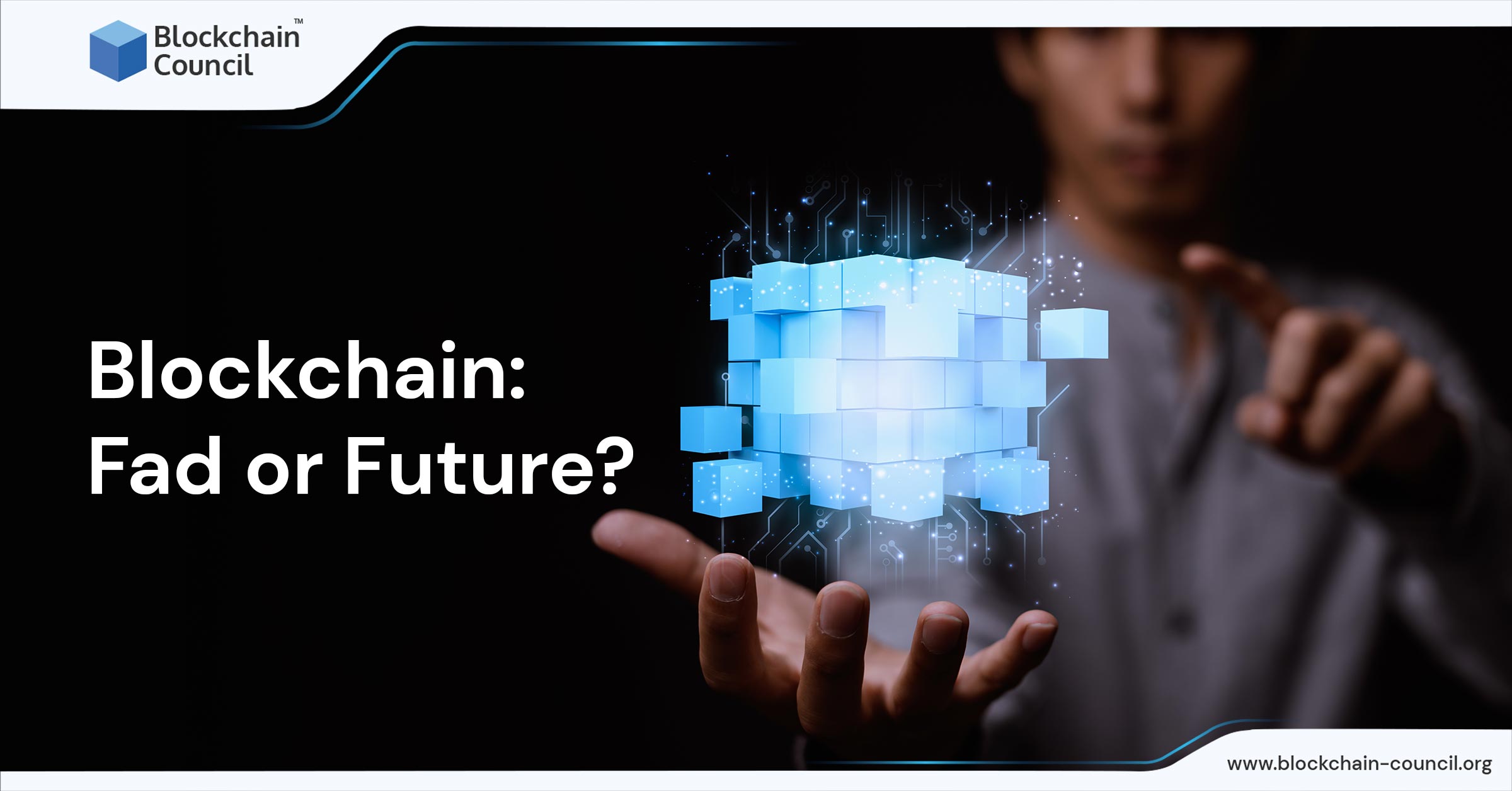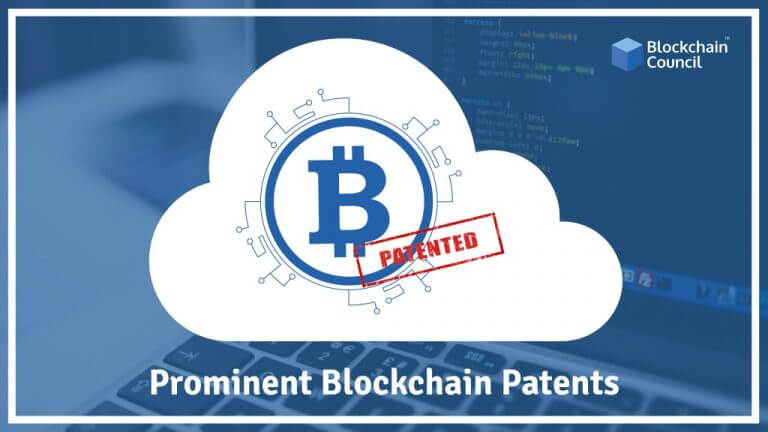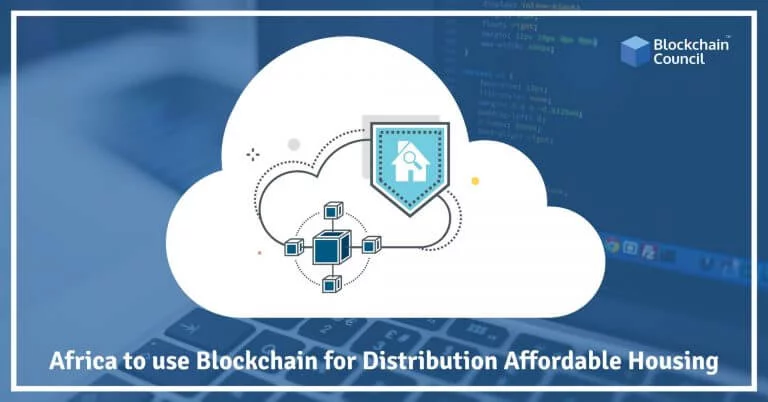
- Prerana Kulkarni
- July 25, 2022

“Bitcoin is a bubble which is about to burst.” “It’s not a real currency.”
“Cryptocurrencies are going to be wiped out soon,” “They can never be part of mainstream establishments.”
These types of statements are heard or read occasionally, especially when Cryptocurrencies start diving, reaching their lows.
“Bitcoin is Digital Gold”
“Bitcoin is going to replace the US Dollars.”
Crypto fans express similar expressions, especially when Cryptocurrencies are surging, climbing up to new highs. Some sit on the fence and turn their heads depending on whether it’s rising or falling.
There are “naysayers” who never believed in this technology.
And a large percentage of the population is still a mile away from this world of ‘Cryptocurrency.’
These speculations made me recall the days (the late 90s) when cellular technology was very new in India. The mobile handsets were bulky and heavy with monochromatic displays. It used to be a pretty expensive affair. The incoming calls, which were supposed to be free, costed 10 Rupees for a minute. Obviously, mobile usage was
restricted to only the higher strata of society. Those days every corner in the street used to have at least one PCO, and a call costed 1 Rupee for three minutes. If you compare the accessibility, affordability, and ease of use, PCO was a clear winner. Mobile phones seemed like a pretty fancy fad. In just over two decades, there are more than a 1.5billion mobile users, a totally unimaginable future for the 90s.
Blockchain Brief History
In 2008, Satoshi Nakamoto conceptualized Blockchain technology and launched Bitcoin, the first transactable
Cryptocurrency. The first successful Bitcoin transaction took almost two years, where 10,000 BTCs were paid for two pizzas. In 2010 the cost of Bitcoin was about $0.01. Gradually, Bitcoin started gaining momentum, so other
Cryptocurrencies(‘Altcoins’) started emerging.
Later many businesses started accepting Bitcoins also its support community continued to grow.
Bitcoin reached its all-time high of $67,566 on Nov 8, 2021, i.e., in just 11 years, the price went up by 6.7X10^7 times. In 2014, the second largest Crypto, Ethereum, was launched with the native currency Ether and a prominent feature called ‘Smart Contract’. The ‘Smart contract’ helped realize the real potential of Blockchain Technology. A ‘Smart
Contract’ is a kind of agreement. Still, it’s a little different as it’s an executable code that gets triggered automatically when the terms in the agreement are met, irrespective of approval from either party or interference of any third party. Thus with Smart Contracts, Ethereum transcended by providing the development platform for Decentralized
Applications, commonly known as Dapps.
Why Blockchain Technology?
Blockchain technology is a disruptive technology. In simple terms, it’s a Cryptographically protected decentralized public ledger. In simple words, it is a decentralized chain of blocks where blocks can be added only at the end using a consensus algorithm, eliminating the need for third-party authentication. Each block contains time-stamped transactions performed using the native currency. Every transaction is protected with asymmetric Cryptography.
Here are key features of blockchain technology:
- The Consensus algorithm: Removes the need for a middle entity to verify the transactions, thus reducing the operational and infrastructure costs and eliminating centralized authority.
- Data Immutability: Cryptographic and Hashing algorithms ensure that the blocks are unmodifiable, guaranteeing data integrity.
- Decentralized and Public ledger: The transactions are publicly viewable to all participating actors, ensuring the transparency
With Smart Contract and Decentralized App (Dapps), Blockchain technology applications are way beyond mere Cryptocurrencies. Collaborating with other technologies like AI, IoT, and Cloud, it has the potential to solve many real-world problems, from voter fraud to supply-chain issues.
Is it a Silver Bullet?
It can’t magically solve all the problems overnight; in fact, it has its limitations.
- Price Volatility: The Cryptocurrency market is highly volatile and therefore is very risky, especially for a novice investor, who just rides the wave, considering Crypto as a tool to earn fast The ‘greed’ and ‘fear’ drive this market in an extreme direction. Occasionally even one comment on social media can take Cryptocurrency to its new high or let it crash. To address this issue, ‘Stablecoins’ were developed to maintain the purchasing level.
- Higher Transaction fees: Removal of a middle entity should reduce the costs, but there is a concern that the transaction fees or gas fees are too high (in Ethereum). The gas prices are directly proportional to the congestion, e., how busy the network is. Timing optimization or some Dapps help in reducing these costs. Ethereum 2.0 will help reduce these costs significantly.
- High energy consumption adds to global warming: The Crypto community has been working to address these issues on all levels and finding appropriate solutions like the use of ‘clean-energy’, changing to other algorithms, say ‘Proof-Of-Stake’, which won’t require heavy computation.
- Scalability: Over time, many Cryptocurrencies are surfacing, which support faster transactions, though they are not yet as solid as Bitcoin or Ethereum. Ethereum 2.0 will probably overcome this limitation.
Is Blockchain a Future?
It is just over a decade-old technology still evolving and has strong support from the evergrowing Developer’s community. El Salvador is the world’s first country to adopt bitcoin as a legal tender. These days several global brands and businesses have started accepting payments in Bitcoins. There are more than 19k Cryptocurrencies and dozens of blockchain platforms. With this progress, it is evident that the Cryptocurrency market is advancing exponentially.
Blockchain is a foundational technology with its solid features of add-only immutable blocks, decentralization, and asymmetric Cryptography. It is not just a Cryptocurrency (and its volatility), but it still has an unrealized power that can change the everyday life of ordinary people in various domains like Housing, Education, Healthcare, Insurance, Governance, Banking, Finance, and many more.
Will it ever be a mainstream technology? Will it replace the traditional centralized systems? Will blockchain be the future? Time will tell us.





































































 Guides
Guides News
News Blockchain
Blockchain Cryptocurrency
& Digital Assets
Cryptocurrency
& Digital Assets Web3
Web3 Metaverse & NFTs
Metaverse & NFTs
